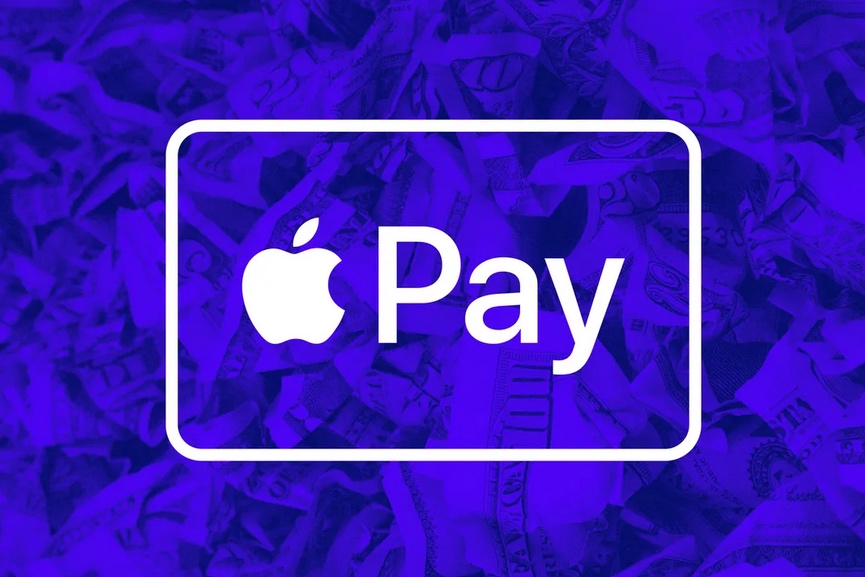
The Seamless Convenience of Apple Pay
A few days ago, I misplaced my wallet. It’s not Apple’s fault that I lose my wallet all the time, but Apple does bear some responsibility for ushering in this new world where all you need is your phone.
Apple rolled out its contactless payment system in 2014, promising to disrupt the “fairly antiquated payment process” of swiping a card. “The whole process is based on this little piece of plastic, whether it’s a credit or debit card,” CEO Tim Cook said at the time. “We’re totally reliant on the exposed numbers, and the outdated and vulnerable magnetic interface — which by the way is five decades old — and the security codes which all of us know aren’t so secure.”
I kept relying on the exposed numbers and outdated interface for years, mostly out of stubbornness. Every penny I spent was precious, and I’d write down all my expenses in a little notebook, color-coding them for good measure. By forcing myself to think about where my money was going, I shamed myself into spending less of it.
I finally caved in April 2020, though not entirely by choice. I had walked to the grocery store, waited in line, grabbed a week’s worth of food, and got to the checkout line, where I realized I didn’t have my wallet. I called my roommate, who dutifully read my credit card number to me while I typed it into Apple Pay.
And now here I am, more forgetful than ever, aided and abetted by a world where contactless payments have become the norm. I ended up finding my wallet this morning at the bottom of a tote bag. My credit card, however, is still missing, but it doesn’t really even matter.